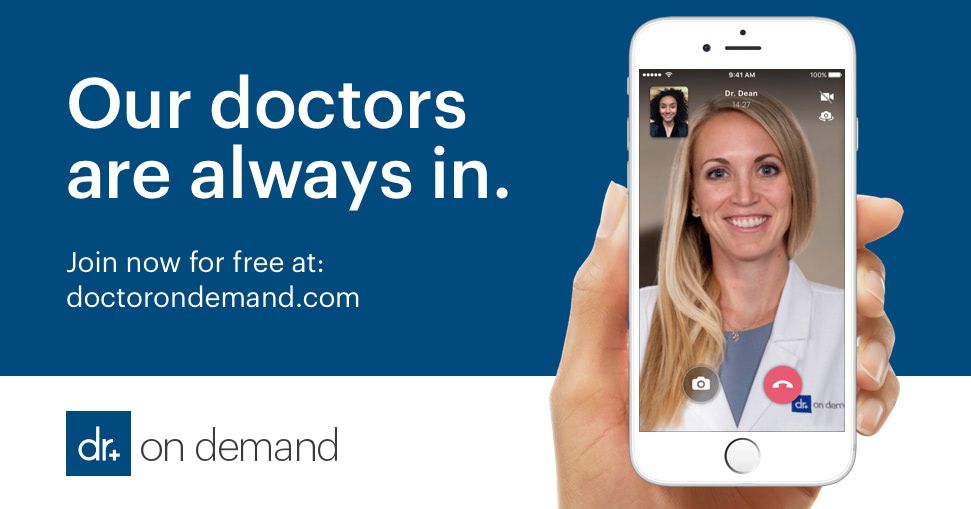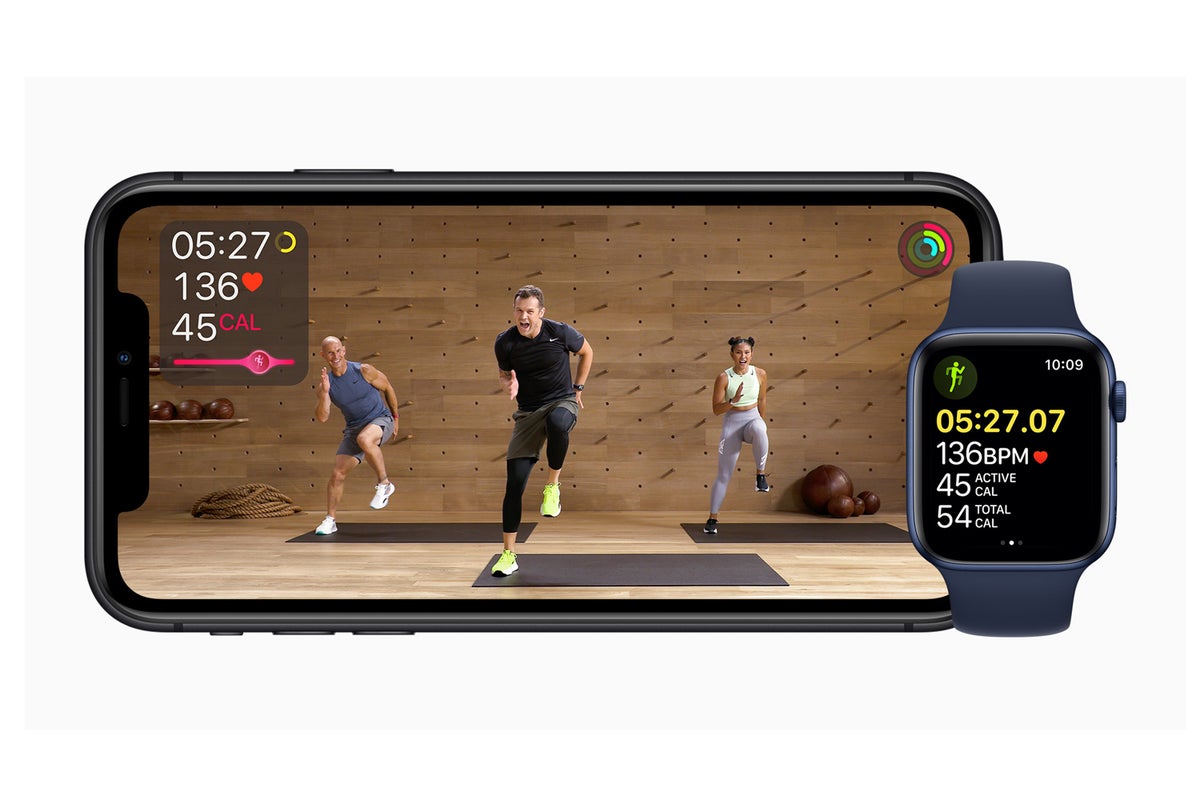The Pandemic will forever transform the fitness, health, and wellness economy.
 So you closed your gym, weight-loss center, studio, or med-spa and you had to let go of your colleagues, and friends. And if you haven't had to make those tough choices, the anxiety that day may come is stressing you out. This is one of the toughest challenges you could ever have as a business owner. But we all know that eventually businesses will open again, and the industry will bounce back. How you spend your time during the lockdown will have a dramatic impact on how well you bounce back. Because things will never go back to normal. There will be a new normal, a new elevated set of expectations, fears, and habits that will inevitably make your industry more competitive. If you think you can simply turn the lights back on, you'll not only lose out on new opportunities, but you could fall behind the competition quickly. So what does the new normal look like?
So you closed your gym, weight-loss center, studio, or med-spa and you had to let go of your colleagues, and friends. And if you haven't had to make those tough choices, the anxiety that day may come is stressing you out. This is one of the toughest challenges you could ever have as a business owner. But we all know that eventually businesses will open again, and the industry will bounce back. How you spend your time during the lockdown will have a dramatic impact on how well you bounce back. Because things will never go back to normal. There will be a new normal, a new elevated set of expectations, fears, and habits that will inevitably make your industry more competitive. If you think you can simply turn the lights back on, you'll not only lose out on new opportunities, but you could fall behind the competition quickly. So what does the new normal look like?
1. Virtual training is here to stay.
The $100 Billion fitness industry literally transformed overnight. Consumers quickly adjusted their routines to encompass App-based solutions like BeachBody or DailyBurn and invested in equipment like Peloton, Hydrow, and Mirror to name a few. App and home-based offerings, who have made massive bets that the stickiness of community and the accountability that comes with coaching, woven into the traditional studio or gym experience, can be just as effective online, are now surging. Detractors say that people still need the human interaction, but many clubs saw this trend coming long ago and weren't caught flat footed. Gold's announced that there app, Gold's Amp, with over 600 audio and video-based workouts, will be free until May. While 24-Hour Fitness and Crunch Fitness are offering similar free services to members through their apps. Investing early in these apps allowed these companies to take immediate action in response to the outbreak. Others took swift action to quickly build audiences in Zoom, Instagram Live, and Facebook Live. OrangeTheory Fitness and Barry's Bootcamp, quickly set up live channels and are holding daily classes (see full list of companies offering online classes here).
The truth is, these apps work well even in the pre-COVID-19 world. They may not be as engaging as your favorite SoulCycle class, or as broad in their services as a LifeTime club. But some people will form new habits and will stick. That's where things get worrisome for operators and business owners. Not everyone is coming back. And those that do, will require more convincing. The steps these forward thinking brands have taken aren't just saving customers, but they are strengthening their business model for the post-outbreak world, where pandemics like this will be more common.
Solution: Invest in services that distinguish you from the virtual training. Highlight services that people can't get at-home or through an app. Consider offering lost members an "assessment" level membership plan that provides monthly check-ins as a complimentary service. Build a challenge for those who put on weight during their quarantine. "Lose that Corona 15!" (too early?)
2. Consumer fears and anxieties will linger.
In the post-COVID-19 outbreak world, expect people's behaviors around the world to change. Expect more masks, less shaking hands, and more social distance. These are new habits that won't completely disappear. COVID-19 is not going to away over night, and experts say it will be at least 18-months before a vaccine is proven to work. Pandemics are becoming more and more common as factory farming grows worldwide. Now that people are much more aware, there will be a fear and anxiety in your community for awhile. Members will have higher expectations for cleanliness of your facility and will look for more private and non-invasive experiences.
Moreover, consumer spending could take years to bounce back. Spending In China, has been slow to recover as fears persist. Expect that consumers will be conservative and look for ways to cut back and save costs.
Solution: Structure training programs to be part live consultation and part guided workout at home for those that are fearful of coming in. If they do come in, offer them one-on-one private sessions. Should you offer classes, use larger spaces and lower class sizes so you can space participants further apart. Consider outdoor group training. Consider having people bring their own gloves or equipment where possible. Up your sanitation and cleaning strategy if you haven't already.
3. Digital & Tele Health will see widespread adoption.
 With the existing medical system hemorrhaging from the exponential increase in demand and the lack of resources to meet it, consumers are turning to digital health and tele health solutions in order to get access to medical professionals from home. TeleHealth was made for this. Zoom (Nasdaq: ZM up 64% in the last month) has been selling investors, pre-Pandemic, that their platform will enable the next wave of Tele Health solutions, however laws against physicians practicing across states lines has been holding back telemedicine for years. But Legislators recently removed the restriction, allowing physicians to work across state lines. Private companies like DoctorsOnDemand and 98Point6 are soaking up demand as a result. As legislators break down barriers to make it easier for physicians to provide care remotely, there opens up an opportunity to collaborate more with personal trainers, nutritionists, and integrate further into the greater wellness economy.
With the existing medical system hemorrhaging from the exponential increase in demand and the lack of resources to meet it, consumers are turning to digital health and tele health solutions in order to get access to medical professionals from home. TeleHealth was made for this. Zoom (Nasdaq: ZM up 64% in the last month) has been selling investors, pre-Pandemic, that their platform will enable the next wave of Tele Health solutions, however laws against physicians practicing across states lines has been holding back telemedicine for years. But Legislators recently removed the restriction, allowing physicians to work across state lines. Private companies like DoctorsOnDemand and 98Point6 are soaking up demand as a result. As legislators break down barriers to make it easier for physicians to provide care remotely, there opens up an opportunity to collaborate more with personal trainers, nutritionists, and integrate further into the greater wellness economy.
Solution: Reach out to the physicians in your community. Let them know you are available for referrals for patients with chronic care or at-risk of chronic care. With TeleHealth growing, you can expect physicians will be able to reach more people and could be a strong lead acquisition channel.
4. Preventative Care will continue to transform healthcare
We all know by now that our risks of death from COVID-19 are significantly increased with pre-existing chronic issues such as Diabetes, Heart Disease, Hypertension, to name a few. As vaccines take at least 1-2 years to develop and test, while were still far from Universal Flu Vaccine, the only long-term strategy to reduce risks from a pandemic is good health. But our current health-care industry has long been broken, highly focused on chronic care and treatment rather than prevention. The pandemic is only further illuminating the importance of embracing preventative care solutions. But to be preventative, you need awareness. You can't solve a problem if you don't know you have one and the challenge still remains, people don't see their doctor nearly enough. That could change dramatically should Telemedicine stick. And as providers recommend preventative measures, it could open up great business opportunities for personal trainers, physical therapists, and nutritionists. Preventative care professionals have an opportunity to take a larger step forward towards the front-lines of medical care and work to reverse obesity and obesity related disease by collaborating with these new Telehealth and Digital Health solutions.
Outpatient centers will continue to transform and work to integrate Telehealth for a more omni-channel care experience. Expect consumers to look for innovative primary care solutions, like One Medical or Forward. Moreover, expect the Corporate Wellness market to accelerate, as consumers look to their employers for benefits that work with new digital health and tele health solutions, or their local gym.
Solution: COVID-19 is shining the light on preventative care. Emphasize your message and mission on helping people prepare for the next-pandemic.







